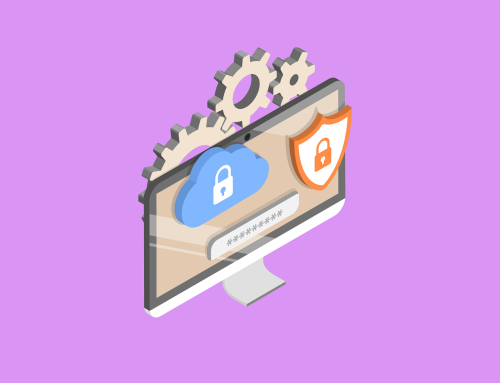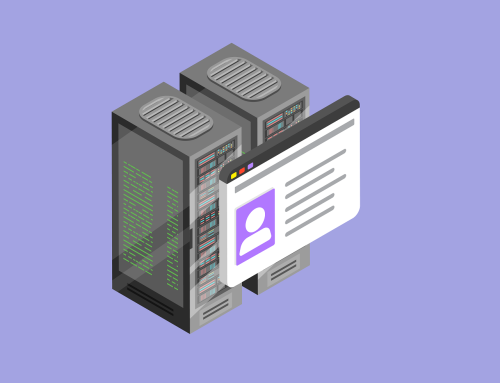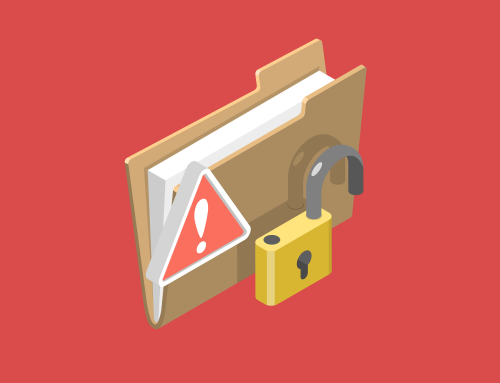Why you need a Disaster Recovery Plan
Unplanned adverse incidents are unfortunate regular occurrences for companies around the world, these can be accidental or deliberate and malicious.
A Disaster Recovery Plan can help organisations resolve data loss and recover system functionality.
A Disaster Recovery Plan consists of a set of policies, tools, and procedures to enable the recovery or continuation of vital technology infrastructure and systems following a natural or human-induced disaster.
The plan itself is the formal document created by the organisation, containing the detailed instructions on how to respond to such disasters.
Discussed below are some of the reasons you need a disaster recovery plan to ensure the continuity of your business.
Natural Disaster
Natural disasters such as a storms, fires or floods can do serious damage to your business, disrupting services and causing irreparable damage to your assets.
Without an appropriate Disaster Recovery Plan in place, your organisation may find it difficult to resume operations, depending on the amount of damage done.
Incidents such as floods and fires which cause serious damage to your physical place of business can cause long office closures, meaning remote working facilities should be made available to deploy at any time.
Hardware Failure
Technology isn’t failsafe. System failures can occur at any time, resulting in data corruption or complete loss.
Power surges protectors and hardware with cooling systems are just some of the methods of minimising the chances of a hardware failure.
On the other hand, off-site or cloud-based storage is an effective way to back up your organisation’s data in the event of a catastrophic hardware failure.
Data Loss
No business can afford to lose company, customer or client files. In the event that hardware containing valuable data is corrupted or permanently lost, it can have serious consequences for the business. Your organisation’s ability to retrieve lost or corrupted data greatly relies on the actions you’ve taken to fortify that data for retrieval.
Customer data loss and leaks can also result in data breach financial penalties such as fines. Similarly, data loss results in reputational damage for organisations.
Cloud backup services should be deployed prior to any incident, so that lost data can be retrieved quickly and efficiently, no matter how they were lost to begin with.
Human Error
Mistakes happen regularly when humans are involved. Human error accounts for 88% of security breaches. A simple phishing scam can cost companies massive financial and reputational damage.
While regular employee training is an effective way to prevent common human mistakes, a disaster recovery plan will outline steps to mitigate the fallout of a significant human error.
Deploying an effective disaster recovery plan means companies can make sure that employees are all on the same page when it comes to handling a disaster.
Cost
Attempting to recover your business after a disaster can be costly without an effective plan in place. With a structured plan in place, the business increases its preparedness for any failure.
Downtime of your services doesn’t only impact your business financially, it can cost your business damage to its reputation, resulting in loss of customers.
An effective plan in place results in reduced costs for the organisation as third-party professionals won’t need to be deployed to recover lost data.
Keeping your services running and customers happy is of utmost importance when in business. In the event of a disaster, you want to be able to minimise any disruption to your organisation’s services.
Are you preparing to alter your data strategy? If so, contact us today on +353 1 8041298, or click on the link below to be brought to our contact form.









